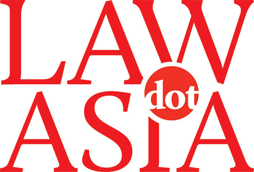Aprior art search is an important component of any strategy to achieve maximum exploitation of intangible assets. Typically one of the first tasks performed by a patent practitioner on behalf of an inventor or IP manager, a prior art search involves the discovery of all possible literature related to an invention. The search can uncover and grant access to a whole range of relevant and valuable information contained in patents or in the public domain.

Engineer
Clairvolex Knowledge Processes
Gaining access to such information has several important benefits for inventors and IP managers: (i) it aids in accurate assessment of the viability of an invention; (ii) it helps avoid unnecessary patent prosecution and litigation, which is costly and time consuming; and (iii) it minimizes the threat of opposition proceedings. These benefits often lead to savings, allowing resources to be directed more profitably into research and development.
The key elements of a prior art search are the novelty (or patentability) search, the “freedom to operate” search and the invalidity search.
You must be a
subscribersubscribersubscribersubscriber
to read this content, please
subscribesubscribesubscribesubscribe
today.
For group subscribers, please click here to access.
Interested in group subscription? Please contact us.
你需要登录去解锁本文内容。欢迎注册账号。如果想阅读月刊所有文章,欢迎成为我们的订阅会员成为我们的订阅会员。
Monika Rani Gadgala is a patent engineer and leads the engineering team of the patent and analytics department at Clairvolex Knowledge Processes, a Delhi-based legal outsourcing firm.
3rd Floor NDIIT Building,105 MOR Pocket
Kalkaji Extension
New Delhi – 110 019, India
Tel: +91 11 4707 4707
Fax: +91 11 4707 4708
Email: mail@clairvolex.com
www.clairvolex.com



























